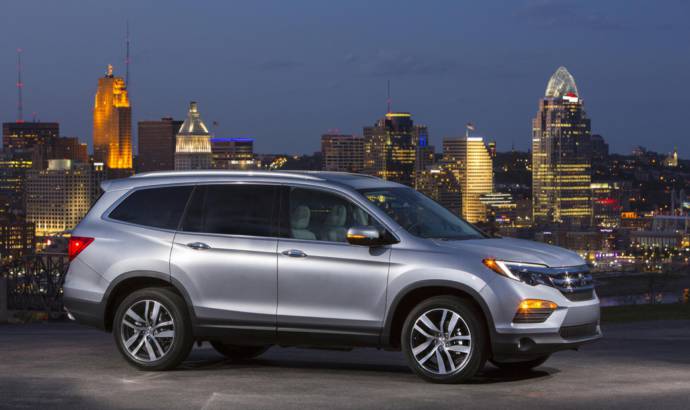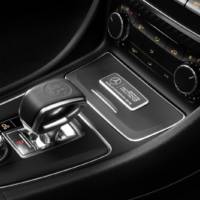One of Honda`s most populars SUV on the US market, the Pilot was recently tested by NHTSA. We all know that NHTSA has some very strict regulations, more strict than the European EuroNCAP. So the five stars offered for Pilot were really an important distinction.
It is also the the first three-row mainstream SUV with the highest available U.S. government (NCAP) and IIHS safety ratings. More to that, it is the 2016 Pilot offers an available frontal crash prevention system that earns a top rating of superior from IIHS.
Available on Pilot EX trims and above, Honda Sensing can help improve drivers’ situational awareness with its various systems, which include the Collision Mitigation Braking System (CMBS) with Forward Collision Warning (FCW), Lane Keeping Assist System (LKAS), Adaptive Cruise Control (ACC), Lane Departure Warning (LDW) and Road Departure Mitigation (RDM).
These systems benefit from the adoption of a sensor fusion technology integrating the capabilities of a windshield-mounted monocular camera and front grille-mounted millimeter wave radar system to provide enhanced sensing with the ability to identify and anticipate multiple collision scenarios, including those involving a pedestrian. When the system anticipates a collision or road departure, it can initiate warnings and, in certain instances, initiate emergency braking and steering.
Standard safety equipment on all Honda models include Vehicle Stability Assist (VSA) electronic stability control system, Anti-lock Braking System (ABS) with Brake Assist, frontal airbags, side airbags, side-curtain airbags and a front seat design that can help reduce the severity of neck injury in the event of a rear collision.



